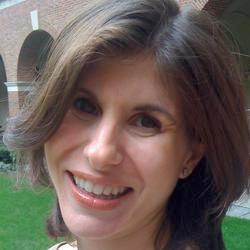
Rituals and Ethics in our Food
Nov 27, 2010 By Abigail Treu | Commentary | Text Study | Vayeshev
According to the U.S. Department of Agriculture, more than forty-five million turkeys are cooked and eaten in the U.S. at Thanksgiving. In 2010, more than 242 million turkeys are being raised with an average liveweight per bird of twenty-eight pounds. By contrast, in 1970, only 105 million birds were raised, with an average liveweight of seventeen pounds.
Read More
The Cycles of Nature
May 7, 2011 By Abigail Treu | Commentary | Text Study | Emor
A midrash for any attorney or accountant to love, the last line of which already rings with the oy vey iz mir tone which has come down to us via Tevye and Seinfeld as a quintessentially Jewish mode of wry humor.
Read More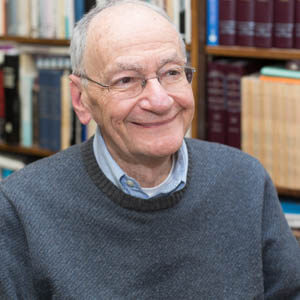
Praying for Rain
Sep 25, 1995 By Ismar Schorsch | Commentary | Sukkot
Rainfall has been sparse this summer in much of the northeast, and the reservoirs of New York City are some 24% lower than normal for this time of year.
Read More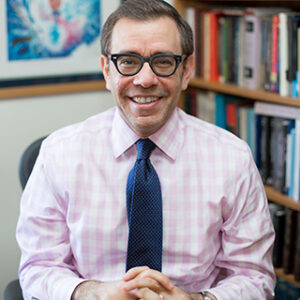
Vulnerability and Joy
Oct 10, 2009 By David Hoffman | Commentary | Shemini Atzeret | Sukkot
How do we make sense of two of the central narratives of the holiday of Sukkot that seemingly point us in different emotional directions?
Read More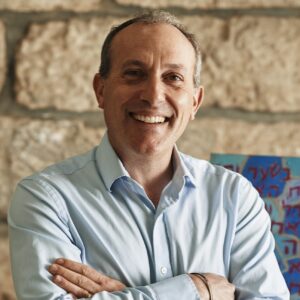
The Species of Israel
Aug 27, 2005 By Matthew Berkowitz | Commentary | Eikev
This past summer, I walked through a dream. I had the blessing, along with Rabbi David Hoffman, of leading a very special group through the length and breadth of the Land of Israel. Some forty-two leaders from Florida, New York, Pennsylvania, and New Mexico – many of them students of the JTS Kollot: Voices of Learning program – joined together in the presence of Chancellor Ismar Schorsch to journey through Jewish tradition and text. With Tanakh in hand, we began our journey at Beit Hatefuzot, The Museum of the Diaspora. There we were treated to a bird’s eye view of Jewish history. The following morning, we embarked on an expansive and emotional ten-day trek, in which we encountered the biblical, Rabbinic, medieval, and modern periods. More than a mission, this experience was a pilgrimage that animated Torah. And nowhere did this encounter come alive more than at Neot Kedumim, the Biblical Landscape Reserve in Israel.
Read More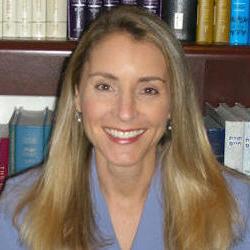
A Fertile Land
Aug 16, 2003 By Lauren Eichler Berkun | Commentary | Eikev
The themes of fertility and barrenness are central to the biblical narrative. It is striking how often we encounter barren women in the Bible. Sarah, the women of Abimelekh’s household, Rebekah, Rachel, Manoah’s wife, Hannah, and the Shunamite woman are all examples of barren women whose wombs are opened by God. Clearly, the process of reproduction holds a key to biblical theology. The very covenant of Israel is presented as a brit of fertility. God promises Abram, “This is my covenant with you. You shall be the father of a multitude of nations…I will make you exceedingly fertile.”
Read More
The Botanical Menorah
Jun 18, 2005 By Matthew Berkowitz | Commentary | Beha'alotekha
A central image of this week’s parashah is the seven-branched menorah, which was lit in the Israelites’ journey in the desert and later in the Temple. This ancient symbol turns our thoughts to Shabbat, and also toward the land of Israel.
Read More
A Bridge Between Heaven and Earth
May 28, 2005 By Matthew Berkowitz | Commentary | Behukkotai
Fertility of humans and of the land is the essence of divine blessing. It is the theme of the first commandment of Torah – to be fruitful and multiply – the sacred wish of each ancestral pair in their desire to see the next generation, and the divine promise for the loyal observance of mitzvot. Parashat B’hukkotai opens in this vein, with a condition and the promise of God’s blessing. The two opening verses of ourparashah speak of the harmony between heaven and earth, the bridges between the two, and the necessity for each of us to view ourselves as a sacred link.
Read More


